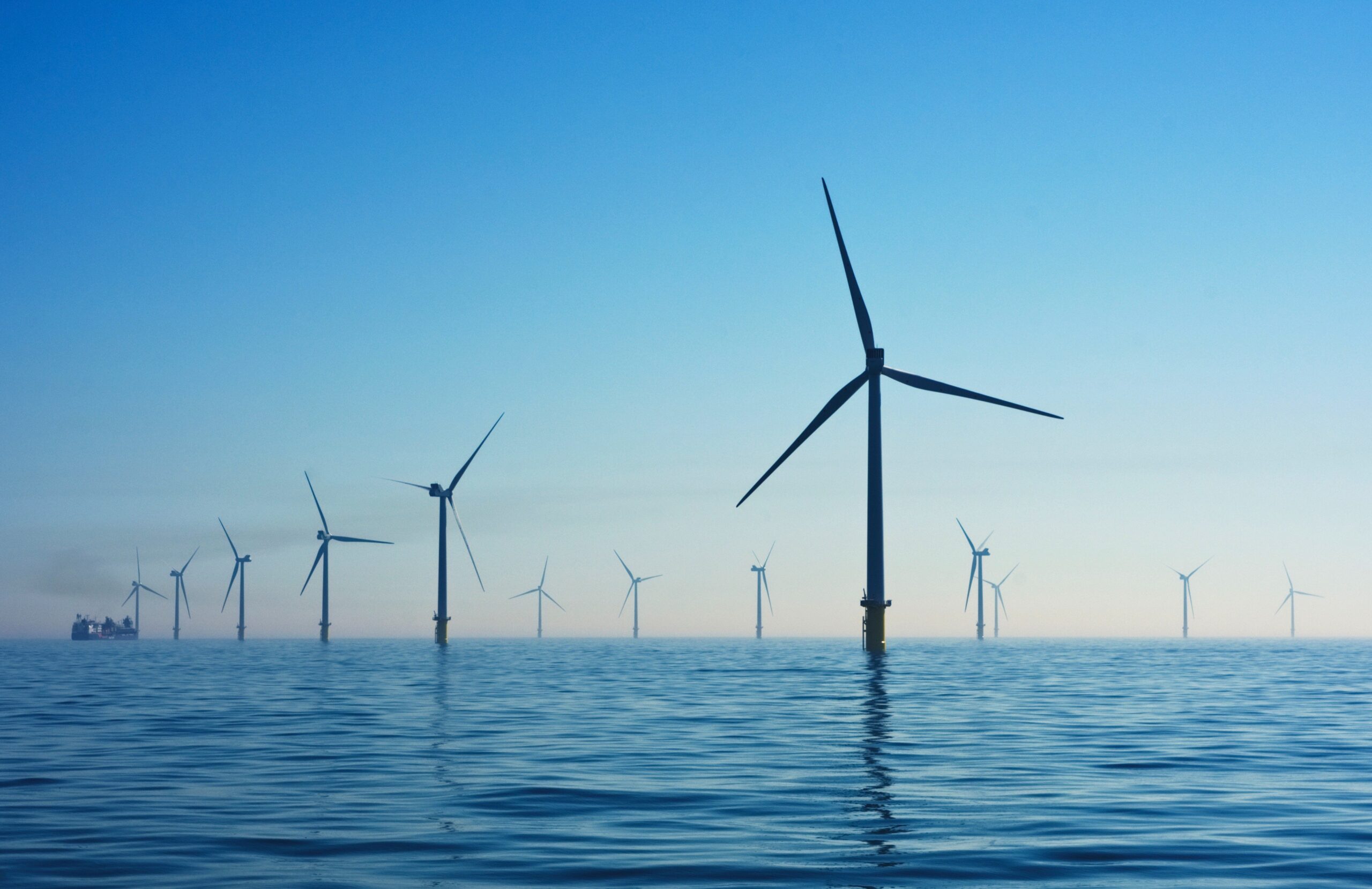Latest news from GEV Wind Power

Wind Powers New Floating Revolution
A large volume of the worlds energy still comes from fossil fuels – these are coal, oil, and gas. Now governments from around the world are racing to reach net zero and become the first country to solely rely on renewable energy.
Developers are taking wind turbines to deep water, which was previously unchartered territory.
Building foundations deep in the seabed introduces additional cost to offshore wind turbines in comparison to onshore turbines. Offshore wind turbines are often built in relatively shallow water. This new revolution of floating wind turbines will allow farms to float on the surface, rather than building them in shallow waters – allowing wind farms to be installed further out to see, capturing more wind, and in turn increasing their AEP (annual energy production).
Floating wind turbines will open vast new areas to wind energy, generating billions of dollars in turbine contracts whilst also creating sustainable clean energy.
The race is on to create cost efficient floating wind turbines to become an endless source of emissions free energy. Many key players in the wind industry are competing to create the best design.
The offshore wind industry has done so well in Europe because the continent has a continental shelf – which in Lehmann’s terms means 100km of the coastline contains shallow waters that allow us to strategically place wind turbines on the seabed.
Other parts of the world struggle to find shallow water for wind farms to be placed, with the state of California, USA being a good example of an area which has very deep waters very close to the coastline ultimately leading to the inability to install offshore wind turbines.
This is where floating wind turbines can make a real difference, as they provide a resolution to a financial problem by allowing turbines to be installed in areas never previously considered. Offshore wind is unevenly distributed in its production, but these developments may see other countries introduced to the offshore market.
The floating 3.6MW wind turbines are currently designed to be 125m tall and weigh more than 1000 tones. Fixed to the seabed using four anchors, they can move between 30-40m away from their neutral position. Although these turbines are small in comparison to some of the huge offshore turbines, they will still generate around 14kw every year and will power around 3,500 homes, making offshore wind more accessible to new emerging markets.
There are currently three operational floating wind farms which can be found off the coasts of Scotland and Portugal. The first floating wind farm was commissioned back in 2017 in Peterhead, Scotland, and utilizes Norwegian technology.
As technology advances continue on a massively upward trajectory within the wind industry, we are seeing more powerful turbines being produced each day and we will hopefully be seeing many more floating wind turbines in the future helping to reach net-zero in Europe by 2050.





